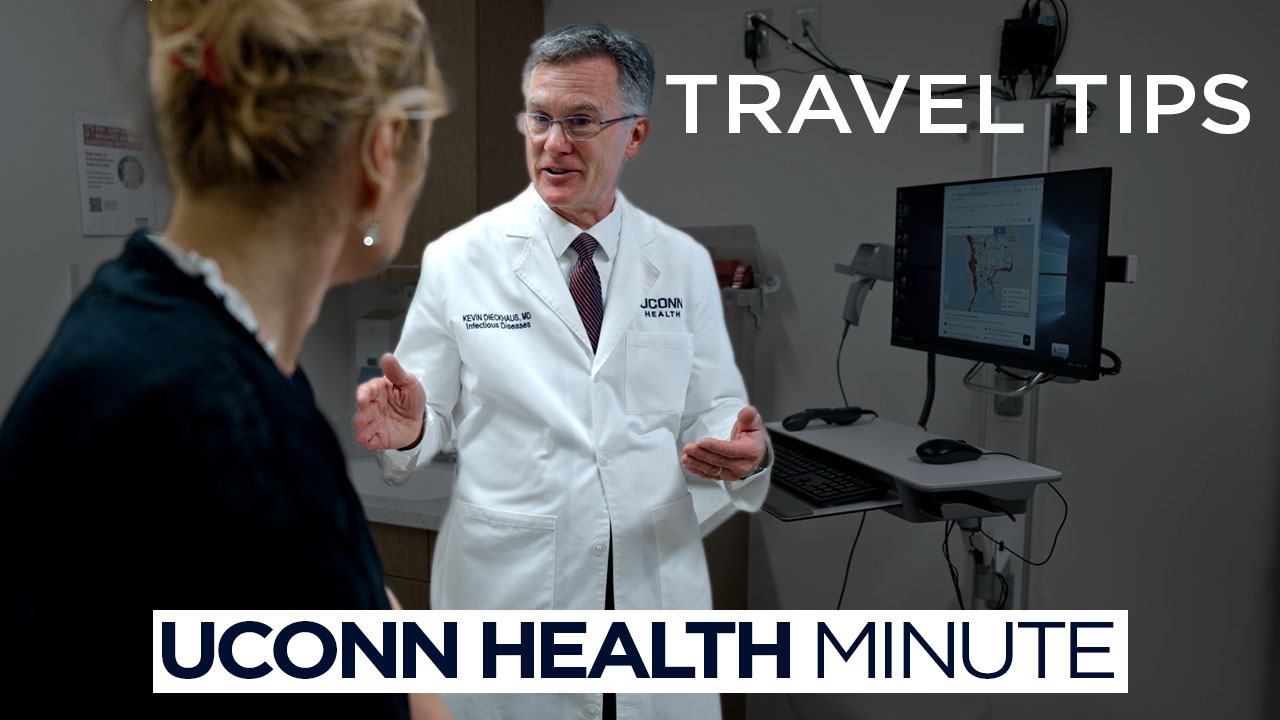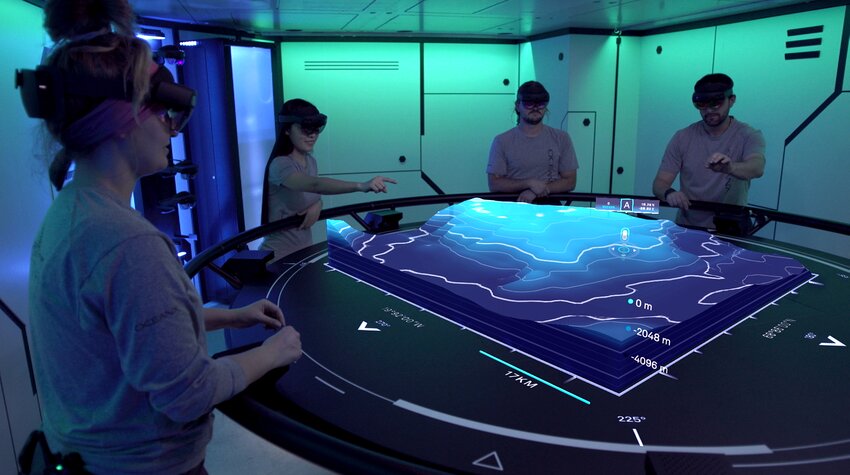Staying Healthy While Abroad: Simple Precautions for a Safe and Enjoyable Trip
When traveling abroad, it is not uncommon for up to half of travelers to experience a medical illness. To minimize the risk of falling ill while away from home, Dr.…
Unprecedented Rising Legal Costs and In-House Counsel Shift: The Latest Trends in the US Legal Market
A survey conducted by the Association of Corporate Counsel (ACC) in 2024 found that nearly 60% of law departments experienced significant rate hikes by their outside law firms. Additionally, over…
Science with a Twist: Discovering the Impact of Science on Arizona’s Communities through Personal Stories and Happy Hour
The Arizona Science Center is hosting a special Science With A Twist event for adults aged 21 and above. This edition of the event will feature a live show that…
Abortion Showdown at the Supreme Court: Biden Challenges Idaho’s Strict Ban and Faces Conservatives
The Supreme Court heard arguments on Tuesday from the Biden administration’s challenge to aspects of Idaho’s strict abortion ban. US Solicitor General Elizabeth Prelogar presented a case that aimed to…
Festo and Phoenix Contact Partner to Revolutionize Industrial Automation with Open Architecture PLC Technology
At the Hannover Messe, Festo announced their plans to integrate PLCnext Technology from Phoenix Contact into their upcoming intelligent devices. By combining the strengths of both companies, they aim to…
Oil Prices Dip Despite Middle East Tensions, U.S. Crude Inventories Help Limit Losses
Due to decreased worries over conflict in the Middle East and slowing business activity in the world’s largest oil consumer, oil prices dropped slightly on Wednesday. However, a decline in…
Fastest man on earth joins forces with cricket to promote global tournament: Usain Bolt named ambassador for ICC Men’s T20 World Cup 2024
Usain Bolt, an eight-time Olympic gold medallist and a world record holder in sprinting events, has been named as the ambassador for the upcoming ICC Men’s T20 World Cup 2024.…
Supreme Court Battle: Female Justices Grill Idaho Attorney on Abortion in Medical Emergencies
During a heated Supreme Court hearing, female liberal justices grilled Idaho attorney Joshua Turner about hypothetical scenarios involving pregnancy complications that pose serious health risks to women. The discussion centered…
Sweeten Your Spirit: Carlsborg’s WeDo Fudge and Cascade Caramel Announce Drive-Thru Reopening with Prayer Services
Carlsborg’s beloved candy shops, WeDo Fudge and Cascade Caramel, have announced their plans to reopen their drive-thru sweet shop. The two companies have joined forces once again to offer residents…
From Outreach to Outstanding: Pine-Richland Students Secure World Championship Spot in FIRST Robotics
Pine-Richland students Ryan Scott, Piya Dargan and Keerthana Visveish recently secured a spot at the FIRST Robotics World Championship in Houston, Texas. As part of the BrainSTEM Learning Giant Diencephalic…



